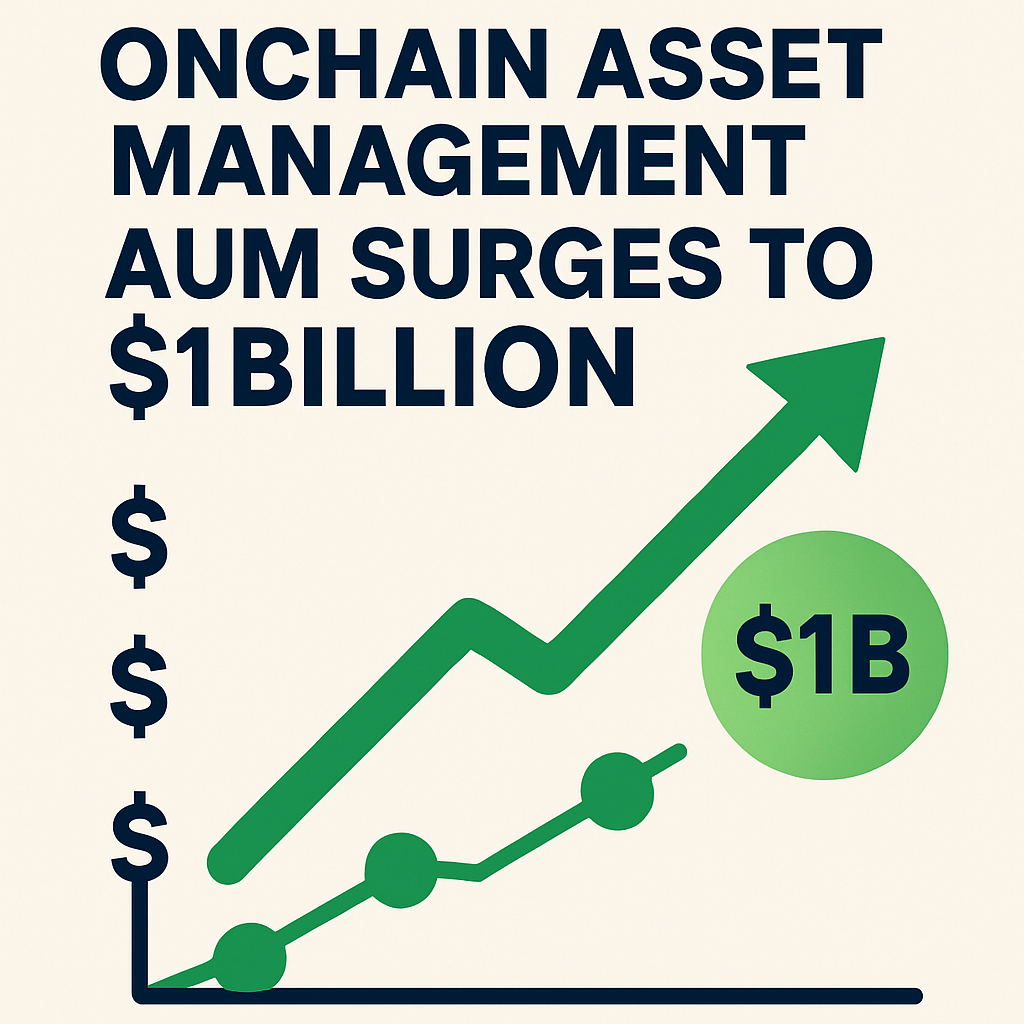A report from crypto trading firm Keyrock reveals that onchain asset management assets under management (AUM) increased 118 percent in 2025, rising from $16 billion at the end of 2024 to $35 billion as of late September. Growth was driven by contributions from automated yield vaults, discretionary strategies, structured products, and onchain credit offerings.
Yield vaults accounted for $18 billion, more than half of total AUM, as retail and institutional allocators sought passive income strategies with transparent fee structures. Automated vault performance exceeded selected traditional fixed income benchmarks by approximately 186 basis points after fees, according to CoinDesk Research data models, reflecting maturation of smart contract-based yield protocols.
Discretionary strategies delivered hedge fund–style returns with enhanced liquidity and transparency. Net performance for discretionary portfolios tracked within top-tier protocols closely matched performance of certain TradFi hedge fund indices after adjustments for onchain custody costs and slippage. Structured products, encompassing collateralized debt obligations and vault options, contributed $5 billion to total AUM, while onchain credit protocols comprised the remainder.
Concentration risks surfaced as three protocols—Morpho, Pendle, and Maple—now represent 31 percent of overall AUM, highlighting both leadership and potential vulnerability to single-protocol events. Keyrock's analysis warns that governance decisions, protocol security incidents, or sudden liquidity shifts within these leading platforms could disproportionately impact aggregate onchain asset management performance.
Keyrock announced expansion into regulated asset and wealth management through acquisition of Luxembourg-based Turing Capital, aiming to bridge onchain strategies with traditional investor mandates. Turing Capital, registered as a fund manager, will oversee European marketing and distribution of tokenized portfolios to professional investors under MiFID II frameworks.
The report recommends that market participants diversify across strategy types, engage in regular protocol reviews, and monitor smart contract audit schedules. Risk management practices should include dynamic collateral adjustments, stress testing under volatile market scenarios, and integration of onchain analytics for real-time exposure monitoring.
Industry observers note that onchain asset management represents a credible alternative to established asset management channels, offering transparent fee models, programmable features, and global accessibility. Continued regulatory clarification and development of institutional-grade custody solutions are identified as catalysts for further capital inflows into onchain AUM segments.
.
Comments (0)